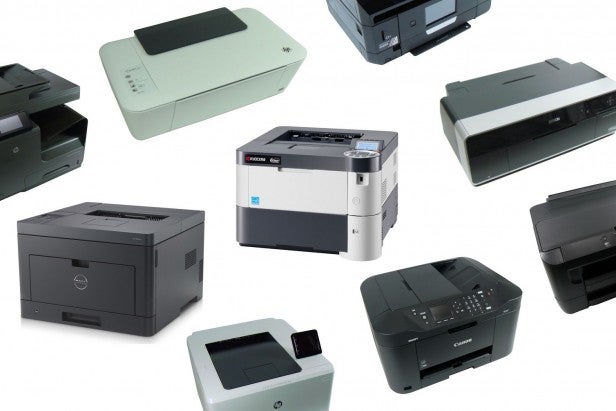

This includes your dye CMYK inks, and a photo-specific pigment black for exceptional image depth. Epson promises excellent savings in return for the investment involved in getting the EcoTank ET-7750. In the box you will get two of each of the five-colour system inks. But it’s main selling point has to be the ink bottles included. The ET-7750 is Epson’s top-of-the-range multi-format printer. Even so, the PRO-300 has the edge for printing on matte and fine art media, with its more robust pigment-based inks and additional matte black ink cartridge. Colour output on glossy paper is simply spectacular, easing ahead of Epson’s larger-format 6-ink photo printers, and the Canon also delivers very convincing output for both colour and mono photo prints on matte and fine art media. The built-in colour screen makes for more intuitive operation and again, as with the pigment-based PRO-300, you can create panoramic prints of up to 990cm in length. An upside of this is that borderless printing is now available for matte and fine art media, instead of just for glossy paper (as with the imagePROGRAF PRO-300 and PRO-1000 models). The uprated paper transport mechanism features auto skew correction and automatically retracting side paper guides, enabling greater precision. There’s also better gamut matching between what you see on-screen and what you get in print.

The replacement to Canon’s popular PRO-100 and 100S dye-based A3+/13x19-inch printers, the revamped PRO-200 has a revised range of Chroma Life 100+ inks that deliver richer deep colours and blacks. This printer is also available in white (rather than the standard black) as the Canon Pixma TS6351. As usual with document/photo printers, there’s a built-in scanner, ideal for creating photocopies, but this model lacks a memory card slot for direct photo printing, although it does have built-in Bluetooth. The motorized output tray adds a touch of automation and the on-board controls are simple and intuitive, based around an OLED screen.
Best printers for ipad 4 skin#
The four dye-based inks for photo printing naturally have a smaller gamut (or colour space) than in Epson’s competing photo printers that use six dye-based inks but, even so, the Canon’s colour rendition looks very lifelike and natural for everything from portrait skin tones to vibrant landscapes. Better still, you can keep plain paper for document printing in the internal cassette, and load sheets of variously sized photo paper into the upright rear feeder, as and when you want to create photo prints. Typical of Canon 5-ink printers over the years, this one runs on a pigment-based black cartridge for rich, solid text in document printing, along with dye-based cyan, magenta, yellow and black inks for photo output.


 0 kommentar(er)
0 kommentar(er)
